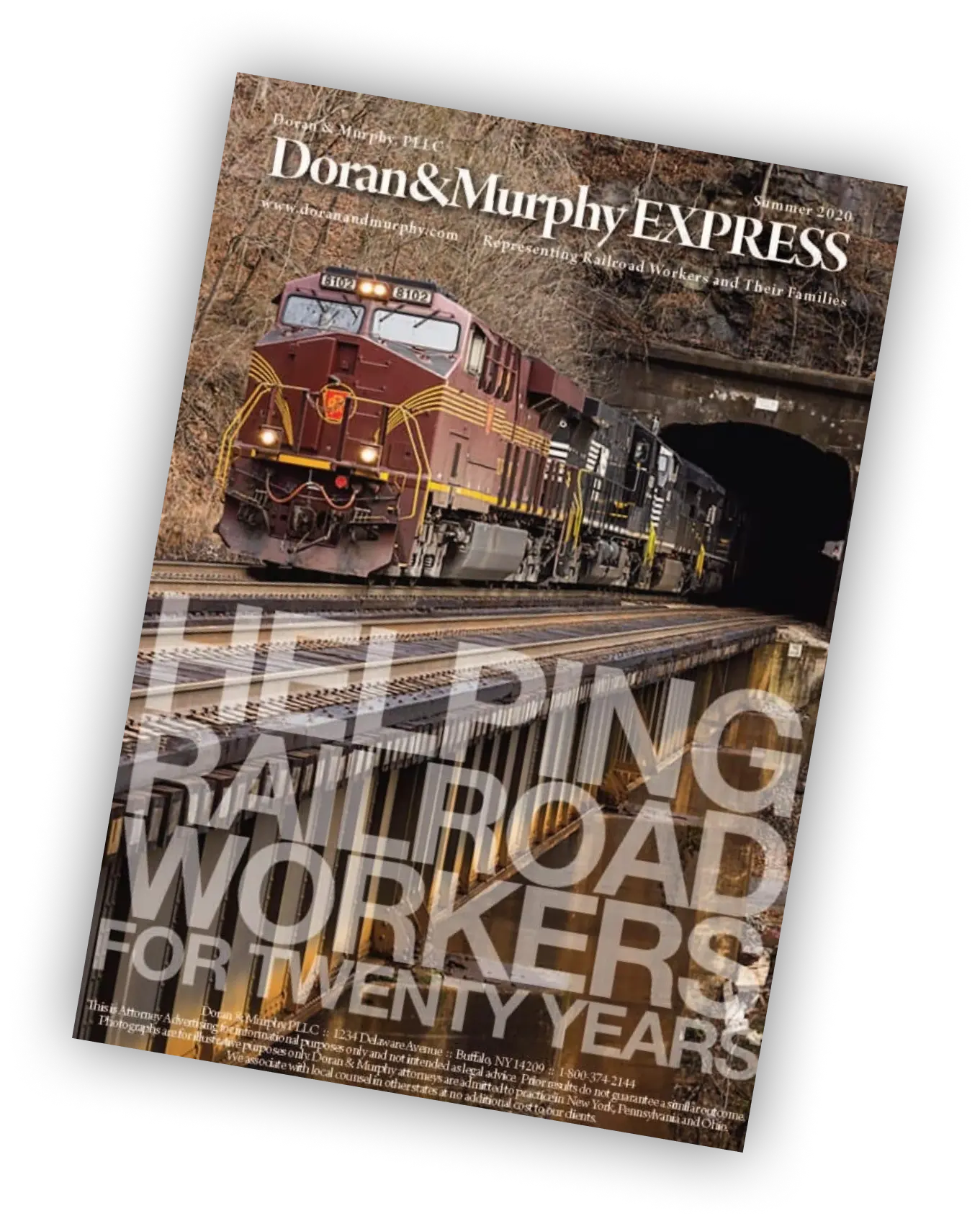
Railroad workers around the country have brought claims under the Federal Employers Liability Act (FELA) for cancers claimed to be related to exposure to asbestos at work. The FELA requires railroads to provide a reasonably safe workplace for their employees. When they do not, when they expose their workers to carcinogens like asbestos, they can be held liable for cancers that result. Most Class 1 railroads in the country have been defendants in asbestos-related lawsuits, including Conrail, Union Pacific, Norfolk Southern and CSXT. Amtrak is no different.
Even though Amtrak was formed in 1971, the use of asbestos was widespread. Asbestos was used in pipe wrap in buildings and on locomotives. It was used around boilers and in passenger cars. It could also be found in brake shoes and inside signal cases. Asbestos rope was often used in the track department. Workers in any craft could have been exposed to asbestos.
Documents have revealed all the major railroads in the country knew of the hazards of asbestos. Every major railroad, including Amtrak, has been a member of the Association of American Railroads (AAR). This railroad trade group has held industry-wide meetings for many decades where the hazards of asbestos, including cancer, have been discussed. In 1971, Amtrak’s first Board of Directors included the presidents of AAR members Burlington Northern Railroad and Penn Central Railroad. Amtrak became a member of the AAR in that year, attending meetings and receiving information sent to all major railroads.
In 1972, the federal government formed the Occupational Safety and Health Administration (OSHA). The very first thing OSHA did was to institute rules governing asbestos. OSHA wrote: “In view of the undisputed grave consequences from exposure to asbestos, it is essential that the exposure be regulated now . . . lives of employees are at stake.” In 1977, AAR members were advised that asbestos “should be closely examined for potential exposure conditions to railroad employees.” In 1982, the AAR issued a “Medical Alert” on asbestos stating “probably the most important concern at this time relates to the development of carcinoma of the lung and exposure to asbestos.” The hazards of asbestos were well-recognized by the entire railroad industry, yet asbestos continued to be used.
Despite the warnings, in 1984 asbestos exposure at Amtrak was the subject of a complaint filed with OSHA on behalf of Amtrak electrical workers in New York and Philadelphia. The workers alleged their jobs required working on asbestos-protected circuit breakers, crawling inside the equipment without respiratory protection. The complaint alleged the problem extended throughout the Northeast. In 1984, asbestos was also found in bulk samples of pipe insulation at an Amtrak facility in Indiana. Air testing of the area revealed the fiber levels were above the OSHA action limit and safeguards for workers were lacking. In the 1990s, Amtrak was cited by OSHA for allowing asbestos dust to collect in the baggage handling area of an Amtrak station in Illinois. Even as late as 2015, asbestos was still being found and removed from Amtrak’s Union Station in Washington D.C. Decades after OSHA declared that “lives were at risk,” Amtrak facilities still contained asbestos and workers continued to be exposed.
Even today, many workers claim to have gotten cancer from their exposure to asbestos at Amtrak. Mesothelioma, lung cancer, colon cancer, throat cancer, bladder cancer and others–all can be caused by exposure to asbestos at work. If you or a railroad worker you know has had cancer, contact us today to evaluate whether you might have a claim against the railroad.





